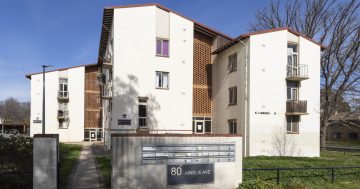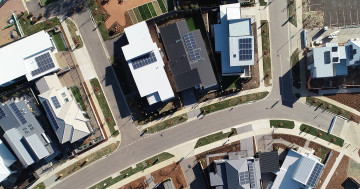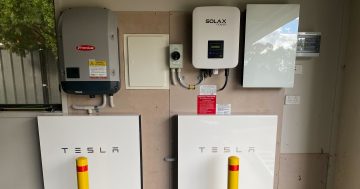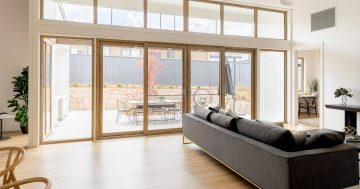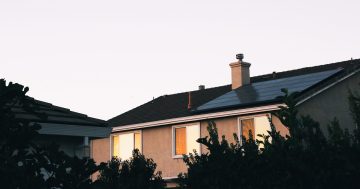ActewAGL have been a busy little company making energy-saving house calls to over 2,700 Canberra homes since the program started in Feb, installing over 20,500 energy saving lightbulbs since the program started in Feb.
ActewAGL General Manager Retail Ayesha Razzaq said, “The program has received a very positive response from the community with over 2,700 Canberra homes receiving a free energy-saving house call. So far, the light bulbs we’ve already replaced will save participating households an average of $100 on their annual electricity bill.*
“With over 20,500 replaced in just two months it’s clear that this is a necessary and important initiative. I was amazed when the Energy Efficiency team did a house-call at my home and found 11 old light bulbs that needed replacing. That was much more that I had expected.
“All of the old light bulbs are being collected by ActewAGL’s Energy Efficiency team and disposed of in a safe and environmentally friendly way.”
Along with the 20,500 energy-efficient light globes installed, 5,100 standby power controllers and 1,900 draught stoppers have also been installed. ACT residents may participate in the program by calling ActewAGL’s Energy Efficiency team on 1300 789 002 to book a free energy-saving house call.
That’s a pretty good effort. Our own Girt_Hindrance was visited by Actew and wrote us this piece for us last month.











